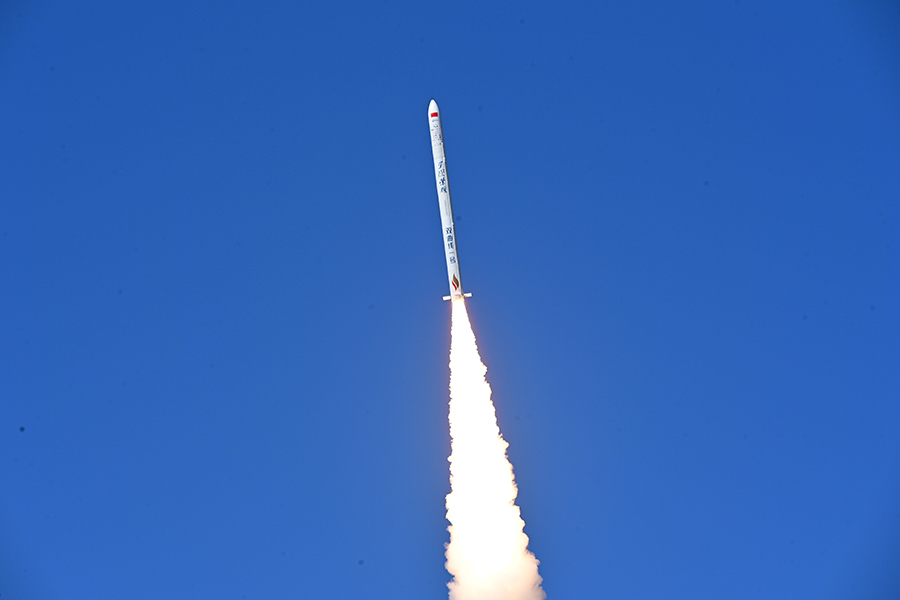SQX 1 rocket successfully launched after multiple failures


A SQX 1 solid-propellant carrier rocket was successfully launched on Friday at the Jiuquan Satellite Launch Center in northwestern China's Gobi Desert, putting an end to the model's series of failures.
The rocket, the fifth in the SQX 1 series, blasted off at 12:00 am from a launchpad in the middle of a vast, rocky terrain at the Jiuquan center, according to a video clip published by i-Space, a private rocket maker in Beijing that developed the spacecraft.
After a 10-minute flight, the rocket reached its preset orbit, the company said, without mentioning whether it carried satellites.
The three-stage SQX 1 is propelled by solid fuel, has a liftoff weight of 42 metric tons and a diameter of 1.4 meters. Its launch capacity allows it to transport satellites with a total weight of 500 kilograms into a sun-synchronous orbit 500 kilometers above the Earth, according to the designers.
The craft's first flight took place in July 2019 at the Jiuquan center, marking the first successful orbital mission by a private Chinese rocket. However, the next three flights failed due to technical malfunctions.
In addition to i-Space, there are two other private companies in China that have used their own rockets for orbital missions.
There are more than 400 private enterprises on the Chinese mainland that are involved in the space industry, and dozens of them are focused on rocket development and production, according to data from market analysis companies.
























